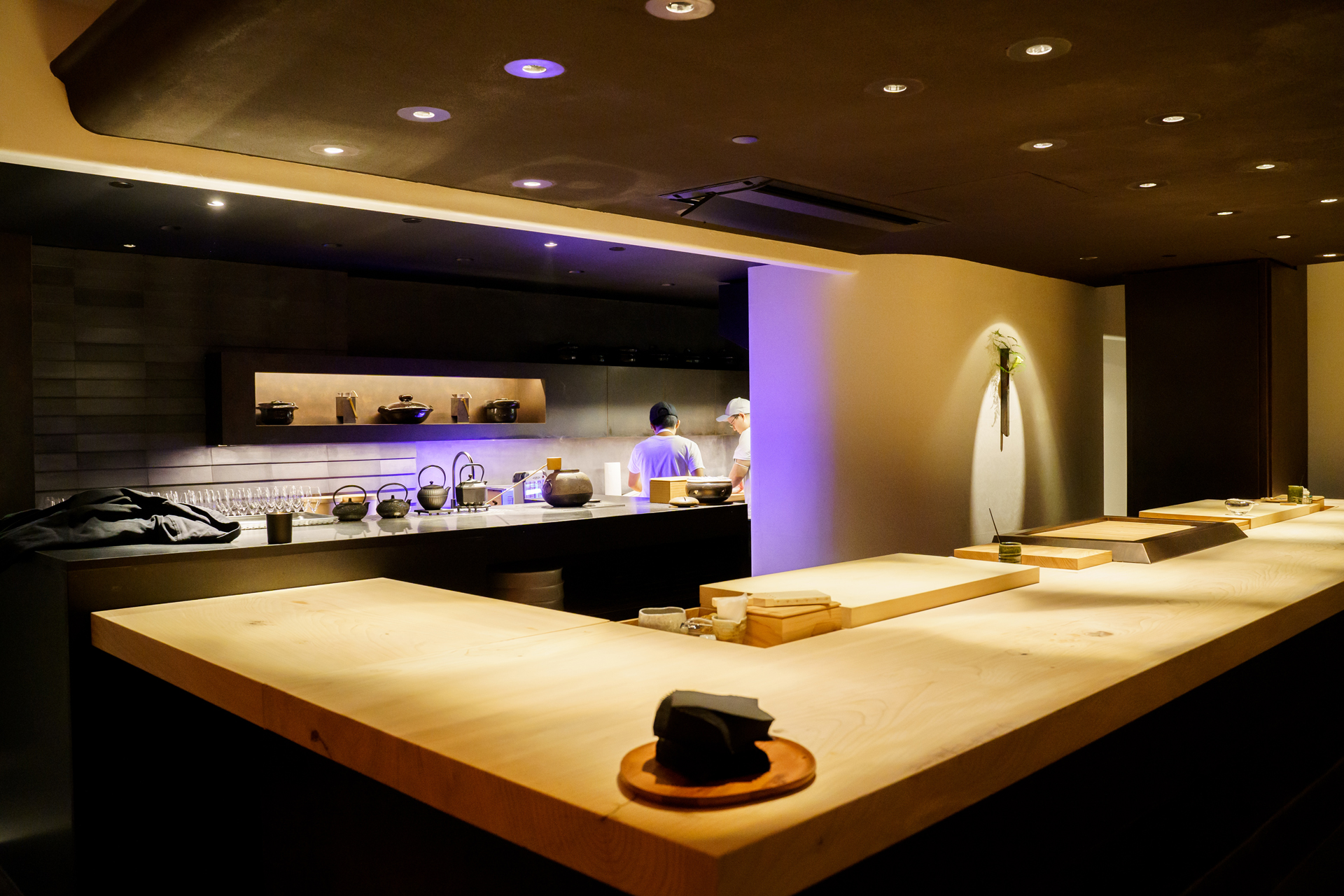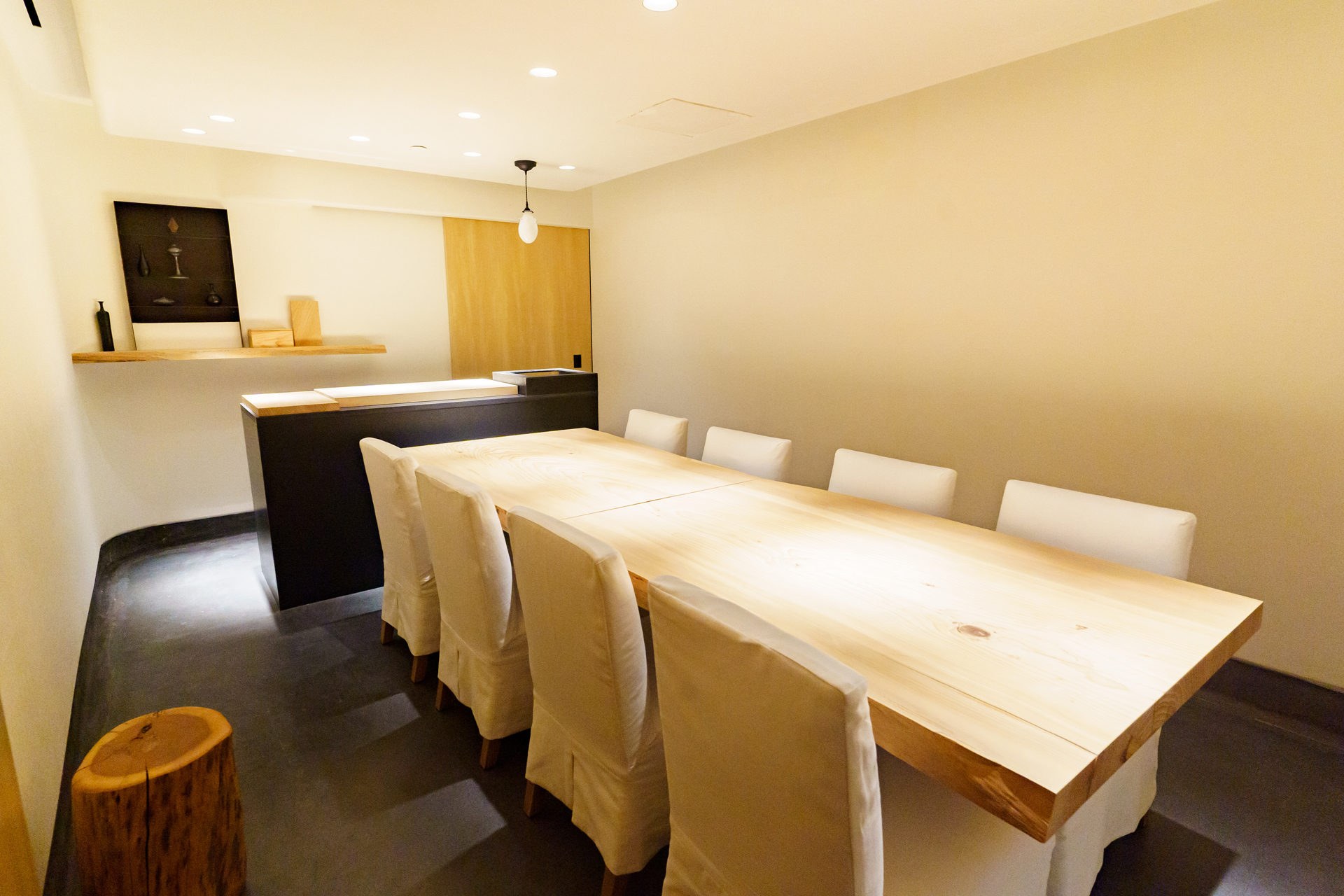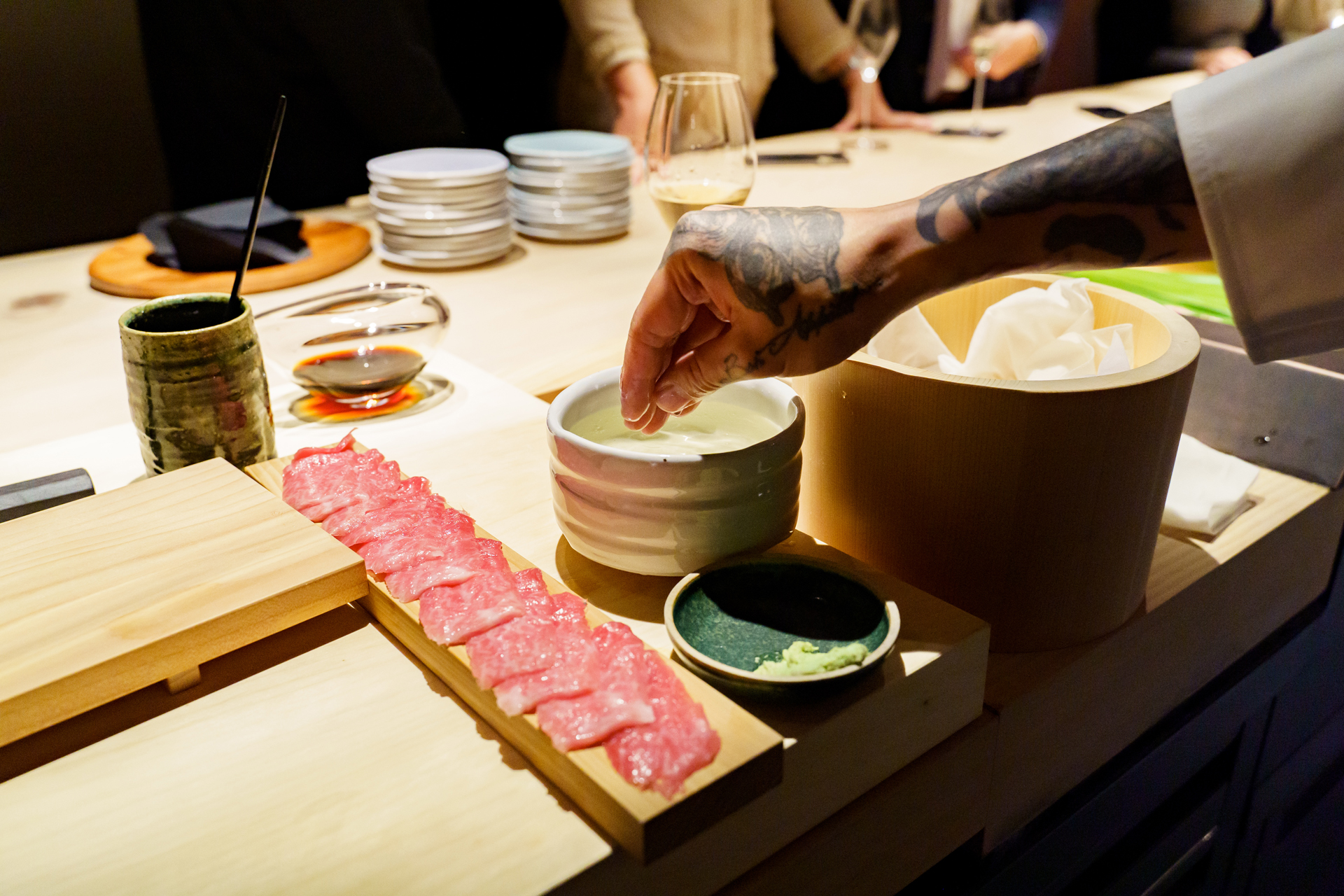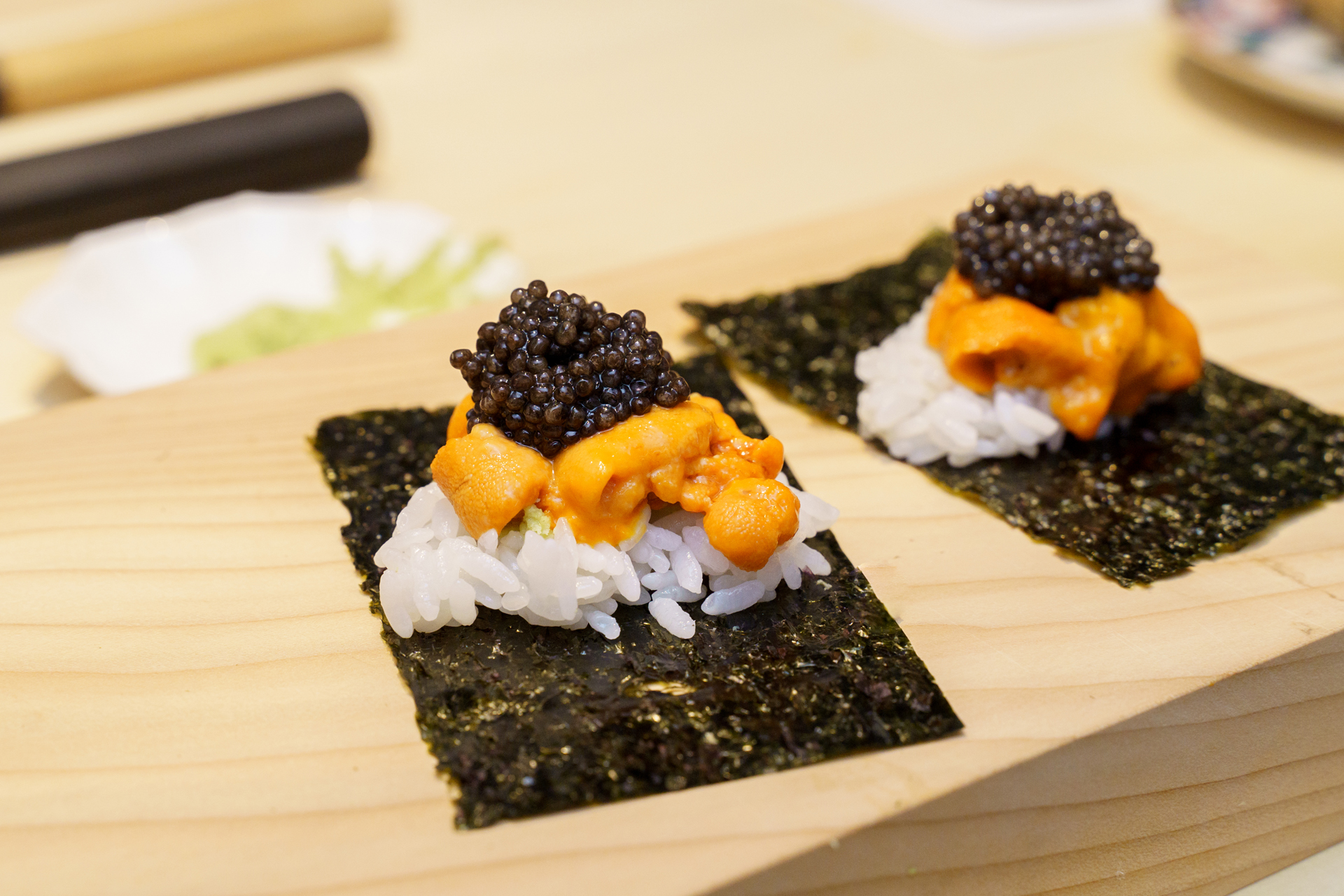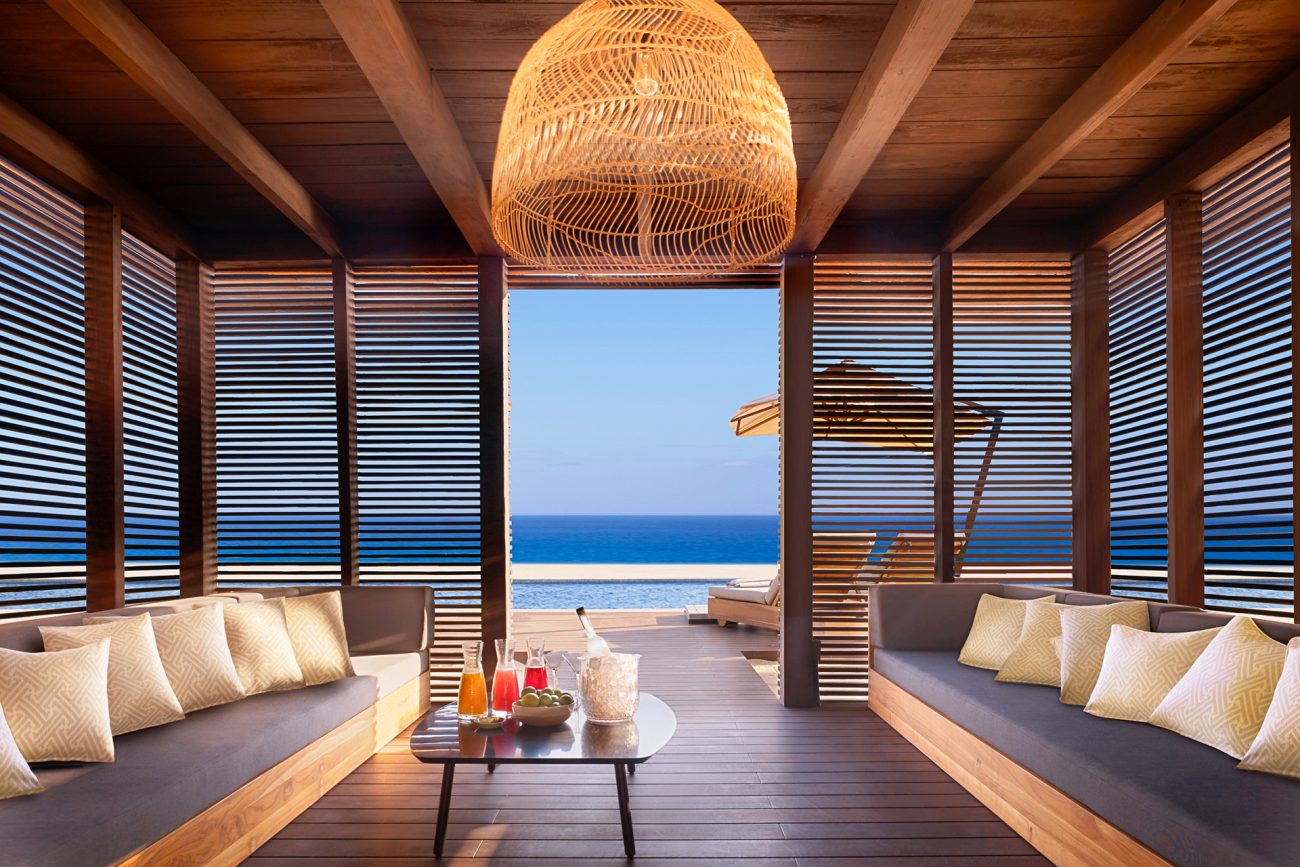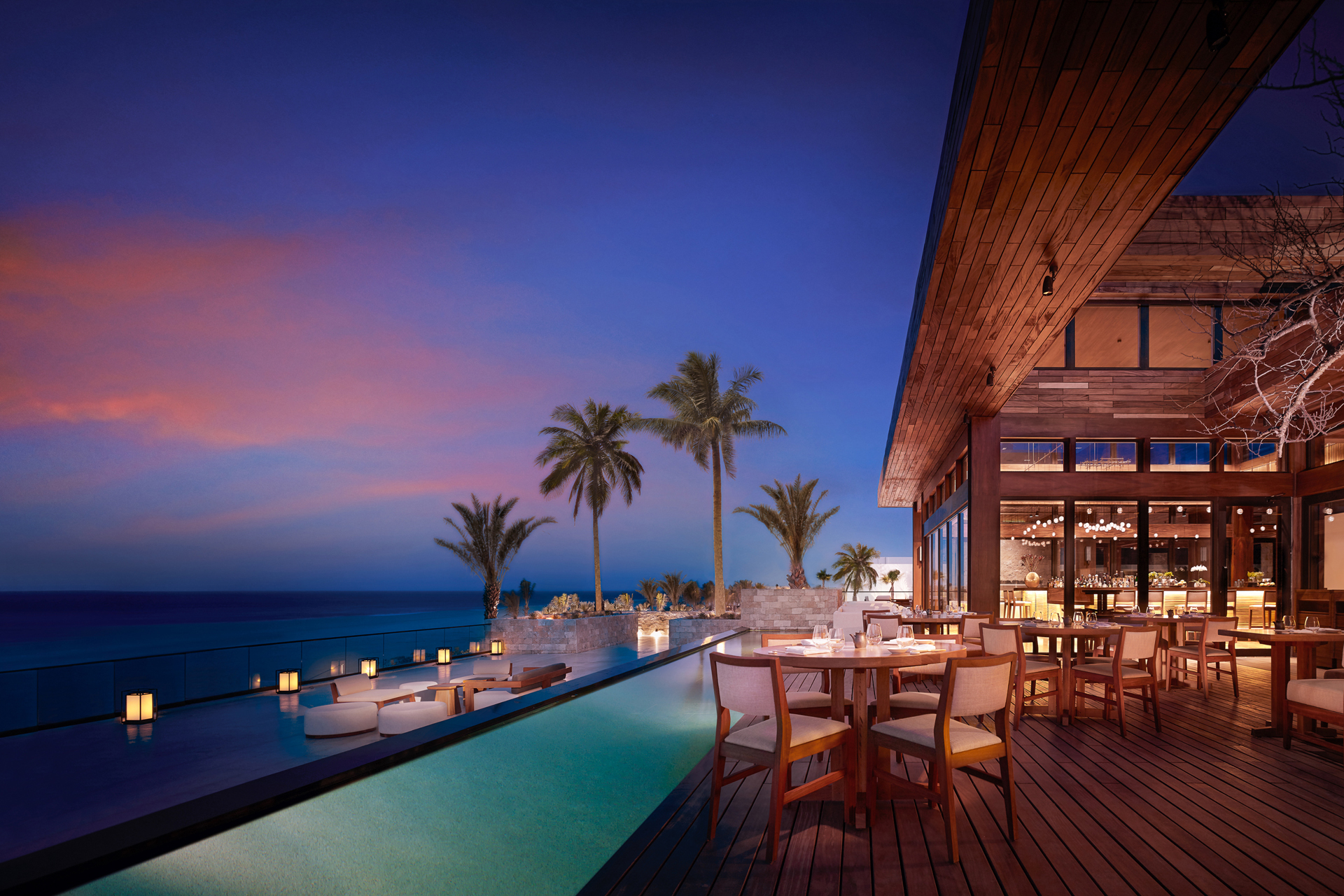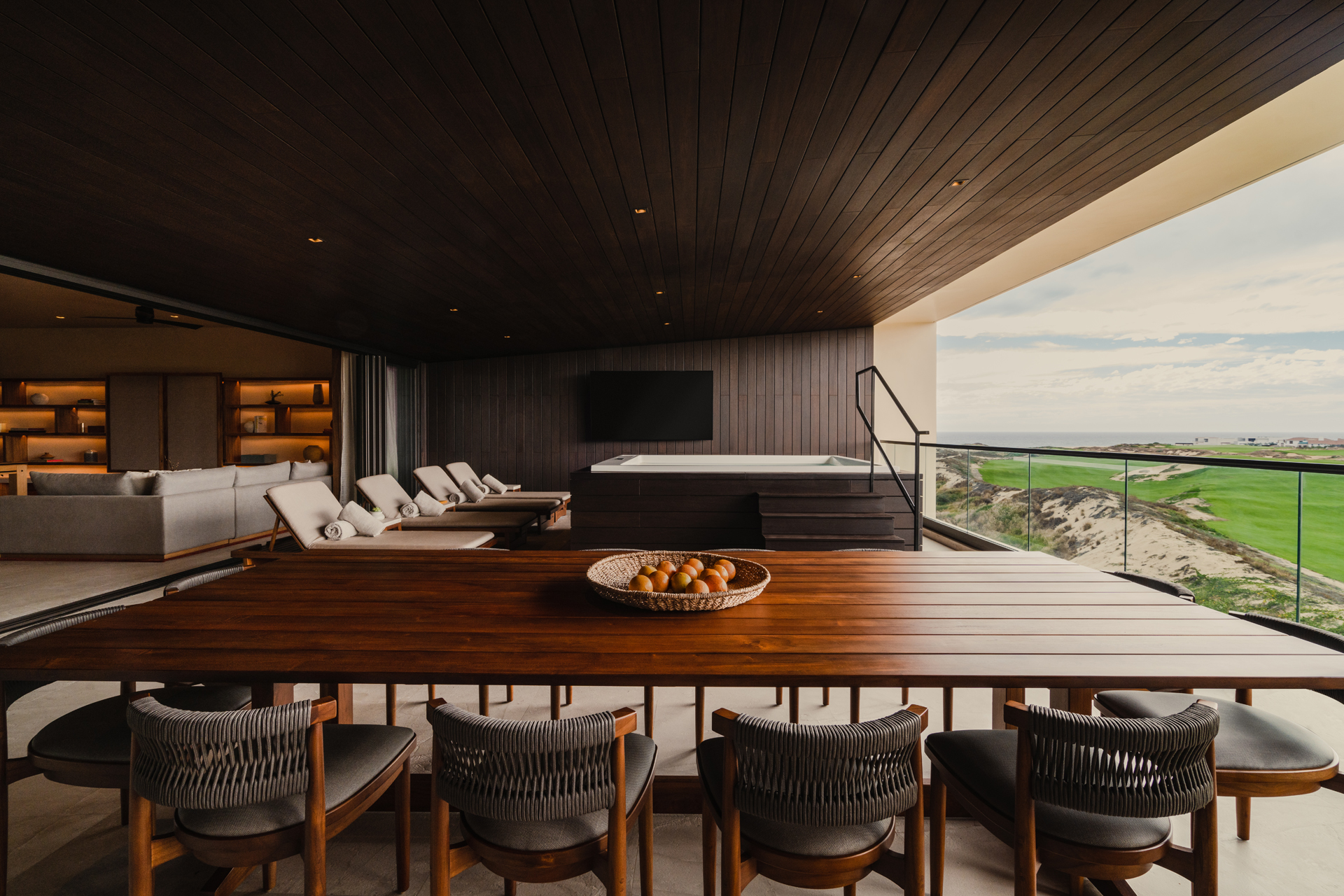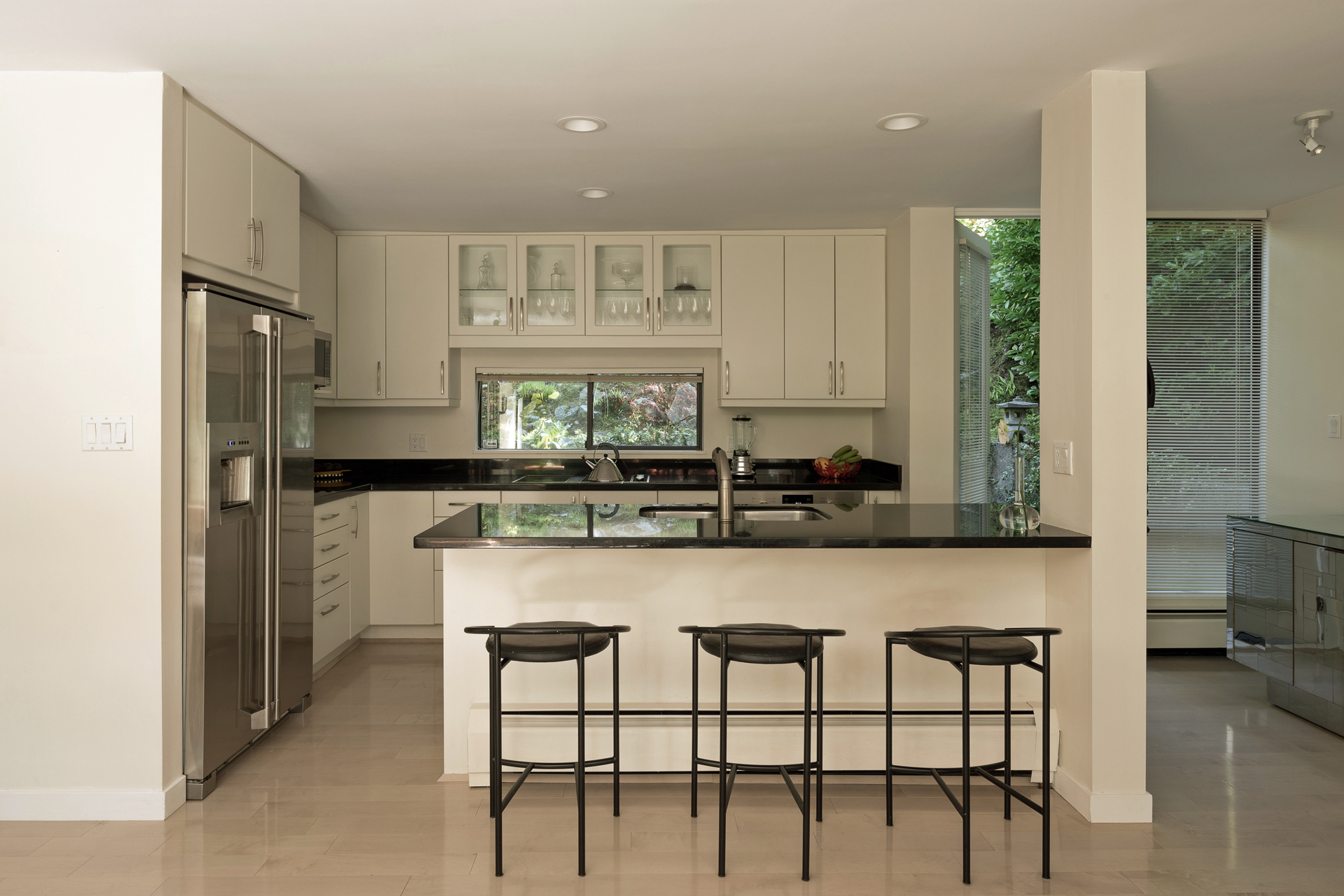Chef George Ruan’s signature destination, Jōji, in New York City, is the newest gem in Chef Daniel Boulud’s global collection of extraordinary gastronomic experiences. Jōji, which is George in Japanese, is the namesake of Chef George Ruan, who founded the restaurant with Chef Xiao Lin and Chef Wayne S. Cheng. The restaurant specializes in the luxurious Japanese Omakase dining experience, in which a chef and sommelier collaborate to design a perfectly choreographed waltz on the palate. Jōji is located in Midtown’s iconic One Vanderbilt, the stunning 93-storey glass structure completed in 2020. Designed to optimize light, it’s the perfect setting for the beacon of light that is Jōji; a sophisticated and serene space infused with authentic Japanese charm. LUXE chatted with Chef George about his eponymous new venture, as well as his own culinary journey.
What inspired your passion for the culinary arts?
Watching Chef Masa—his passion, talent and love—inspired my own love for the culinary arts. I trained under Chef Masa for nearly two decades, and from him I learned to have passion and care in all that I do. This has been a guiding principle from the dishes we create to the guest experiences we cultivate.
Jōji is in the beautiful new One Vanderbilt building. Why did you choose New York City—and the location in particular—for your next culinary endeavour?
New York City is home—I grew up here and [maybe I’m] naturally biased, but there’s a magic here, especially regarding culinary experiences. It’s so vast and diverse; a growing variety that offers something for everyone. The intimate layout is a perfect environment for Omakase and the location in Grand Central is a profound one, really paying homage to the sushi dens inside stations of Tokyo. But again, with our spin on it. One of the founding principles of Jōji is to break through some of the traditional ideas of Japanese Omakase and fine dining, so being in the base of One Vanderbilt, a groundbreaking skyscraper in a city with some of the tallest buildings in the world, is seemingly fitting for Jōji.
Why did you decide to open Jōji? Tell us about its evolution and how you came to collaborate with Chef Daniel Boulud.
My partners—Chef Xiao Lin and Chef Wayne S. Cheng—and I have been in Japanese cuisine and the fine dining industry for so long, focusing on the food and clients. For us, Jōji is an ode to Japanese cuisine and our interpretation of modern fine dining. After decades of working alongside Chef Masa, we wanted to continue to provide bespoke ingredients and service in an intimate environment that also resonates with our world today. For many [guests], this is a night out and it should be fun! We hope we bring a different edge to a refined Omakase experience. Our team is a very close one; several [people] I’ve known for years, some even decades. We knew that we needed to have like-minded individuals who are just as dedicated to the cuisine and experience as we are. We were in search of a partner that could support and bring an operational structure to the business, and Chef Daniel Boulud’s Dinex restaurant group was a very natural fit for us.
You specialize in a traditional multi-course Omakase experience. Can you tell us what that means, and the history of the tradition?
Omakase is a multidimensional culinary journey, offering the diner a sampling of different flavours and cooking techniques. It’s a balance of cooked and raw ingredients, hot and cold dishes. Coming from a more traditional Omakase, we wanted to take those qualities—refined ingredients and service—and execute them in a relaxed yet still fine-dining environment.
What inspired the Jōji menu? What are you really excited about?
We are always inspired by the seasonal changes in nature and the variety of ingredients they bring. We want to share that with our guests, so we are constantly changing our menu to ensure a return guest is tasting something different from last time they visited. We just brought a new dish onto the menu, Braised Kinki with Ramps. Ramps are a seasonal ingredient that can be an unsung hero, so when I have an opportunity to use them with a fish that we regularly showcase in our menu, it’s very exciting.
What inspires you when crafting the experience for your customers? Is there one ingredient you can’t live without?
Chefs Wayne and Xiao and I are always discussing the different ingredients and potential dishes, whether we’re in the kitchen prepping, cooking at home or out eating with family and friends. Inspiration is all around us. Being able to bounce ideas off one another makes for very effective menu planning and recipe building. I love working with Saba (mackerel) if it’s available. But the key is flowing with the flavours; using the very best ingredients that land and ocean can offer in each changing season. Ultimately, I want our customers to experience good food and good vibes. I want them to have a fun and memorable night out—while enjoying a luxurious Omakase!
Writer: Lesley Bishin





